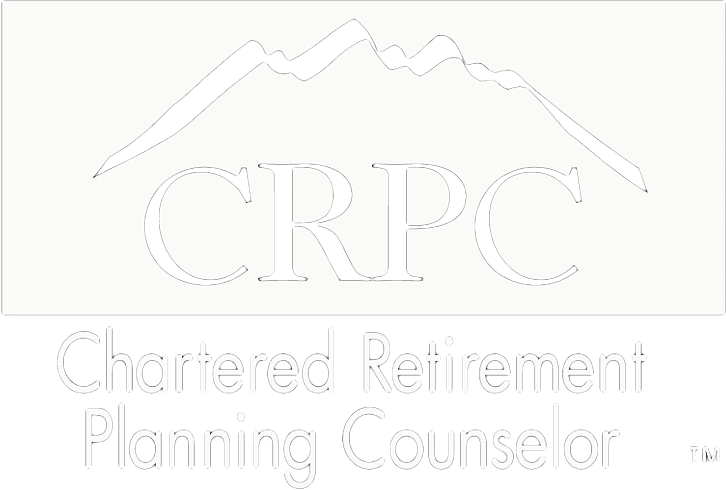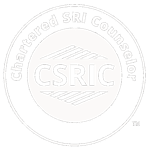
A 401(k) is one of the best ways to save for a secure retirement. However, there are limits to how much you can contribute annually, and it's possible your employer doesn't offer a 401(k) or that you're self-employed and don't have a 401(k) yourself. If that's the case, that doesn’t mean you can’t still save for retirement on your own. There are several options available to build wealth for your retirement, and just like 401(k)s, many of these vehicles also offer tax savings. We’re breaking down the nine alternative methods to save for your retirement, so you can rest assured that your post-work days are accounted for.
1. Traditional IRAs
A traditional IRA is one of the most common ways to save for retirement. You can invest your IRA in stocks, bonds, mutual funds, cash, annuities and the like, although the IRS doesn’t permit IRAs to invest in most coins or collectibles. If you’re not covered by an employer-sponsored retirement plan at work, you may contribute up to $6,500 annually to your IRA in 2023 and up to $7,500 once you reach age 50. These contributions grow tax-free until you begin making withdrawals. Once you turn 73, you are required to take minimum withdrawals from your account.
For those without an employer retirement plan, the entire amount of a traditional IRA contribution is deductible on your federal income tax return. Once you start making withdrawals, the amount is taxed at your regular tax rate. If you participate in an employer-sponsored retirement plan, there are phaseouts for the amount of traditional IRA contributions that are deductible.
2. Roth IRAs
While you can’t deduct contributions to a Roth IRA, this type of retirement savings vehicle offers many advantages. Since a Roth IRA is funded with after-tax dollars, you won’t owe taxes on amounts withdrawn during retirement. Unlike a traditional IRA you don’t have to withdraw money from your Roth IRA account upon reaching a certain age.
You can contribute the same amounts to a Roth as with a traditional IRA. There are income limits for Roth IRA eligibility based on income. For 2023, you can contribute the full amount to a Roth IRA if single with an adjusted gross income (AGI) of up to $138,000 and make a partial contribution until your AGI reaches $153,000. For those married and filing jointly, you can contribute the full amount if your AGI is $218,000 or less and make a partial contribution until your AGI reaches $228,000.
3. SEP-IRA
If you are self-employed, a Simplified Employee Pension (SEP) IRA is available, which is a traditional IRA with identical investment, distribution, and rollover rules. For 2020, you can contribute up to 25 percent of your earnings up to $66,000. As with traditional IRAs, you must start making withdrawals by age 73.
4. Self-Directed IRAs
A self-directed IRA is a type of IRA through which you can hold unique alternative investments, like real estate, precious metals, and cryptocurrency. Following the same eligibility and contribution limits as a traditional IRA, self-directed IRAs are different in that they come with increased rules depending on the type of investment. They also require account holders to primarily manage their accounts, research investment opportunities, and understand investment regulations on their own.
5. Solo 401(k)
Another option for the self-employed is the Solo 401(k). You can fund this type of 401(k) (also known as a one participant 401(k), solo-k, or uni-k) if your business has no employees other than your spouse. For 2023, you can contribute up to $22,500, or $30,000 if you are 50 or older. With a Solo 401(k) plan you qualify as both employer and employee, so as an employer you can contribute up to 25 percent of your earnings up to $66,000 to your self-employment 401(k).
6. Health Savings Account (HSA)
If you have a high-deductible health insurance policy you are eligible for a Health Savings Account, or HSA. These are great accounts for saving pre-tax dollars for future medical expenses, where your money can grow through investments and be used tax-free for qualified medical expenses. Increasingly, people are using the tax advantages of an HSA to save toward retirement. If you’ve already maxed out your 401(k) and IRA/Roth IRA contributions for the year, contributing to an HSA may be a good way to supplement retirement savings. Upon reaching age 65, HSA withdrawals get taxed in a way similar to Traditional IRA withdrawals, and without a penalty even if the expenses are not for medical purposes. The contribution limit for HSA in 2023 is $3,850 for individuals and $7,750 for families.
7. Annuities
Annuities may be an option if you're looking to lock in a steady income stream once you retire. An annuity is an investment that makes regular payments to you over a certain period of time. A fixed annuity gives you a guaranteed payout, while a variable annuity pays out according to the current state of its underlying investments.
8. Universal Life Insurance
This type of life insurance builds a cash value, which grows tax-deferred. You can take out tax-free loans that aren’t paid back during your lifetime and some of the money that goes to paying back the loan after your demise is the policy’s death benefit.
9. Taxable Investments
If you’re able to save more for retirement than the various retirement plans (traditional IRA, Roth IRA, 401(k), etc.) permit and have taken advantage of all the other options above, you'll have to rely on a taxable investment. Since these accounts are taxable, look for investments with low fees and low tax consequences.
Even if you don't have access to an employer-sponsored retirement plan, such as a 401(k), or you have already contributed the maximum amount, there are still many avenues to save for retirement. You can even consider utilizing multiple vehicles according to your needs and capabilities. However, it’s important to educate yourself and speak with a trusted financial professional as some methods may be more fit for you than others depending on your income, age and employment. Escient Financial is here to help you find the right investment plans and vehicles to set you on the path to retirement success.
This content is developed from sources believed to be providing accurate information. The information in this material is not intended as investment, tax, or legal advice. It may not be used for the purpose of avoiding any federal tax penalties. Please consult legal or tax professionals for specific information regarding your individual situation. The opinions expressed and material provided are for general information, and should not be considered a solicitation for the purchase or sale of any security. Digital assets and cryptocurrencies are highly volatile and could present an increased risk to an investors portfolio. The future of digital assets and cryptocurrencies is uncertain and highly speculative and should be considered only by investors willing and able to take on the risk and potentially endure substantial loss. Nothing in this content is to be considered advice to purchase or invest in digital assets or cryptocurrencies.
Enjoying Escient Financial’s Insights?
The weekly newsletter is usually delivered to your email inbox Friday or Saturday, and includes:
- the latest Escient Financial Insights articles
- a brief of the week's important news regarding the markets
- recommended third-party reads
- selected Picture of the Week
Escient Financial does NOT sell subscriber information. Your name, email address, and phone number will be kept private.
















